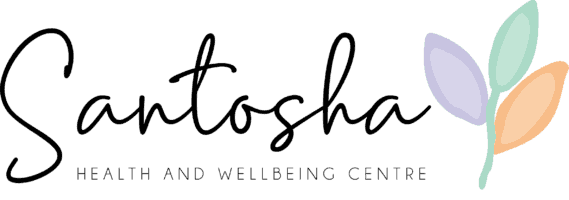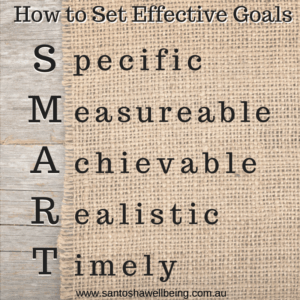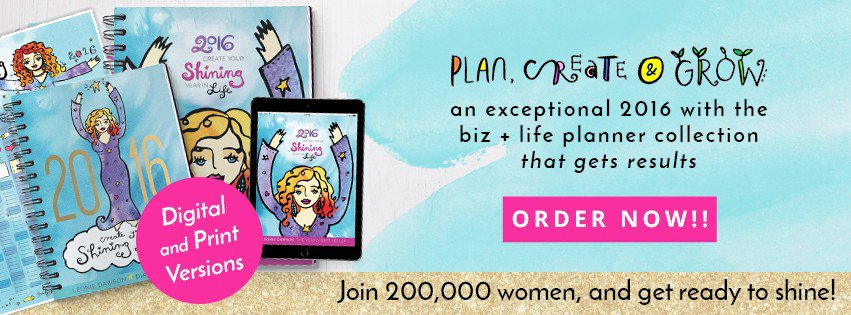As we all know, New Years is a popular time for goal setting and intentions. But there’s also the same old story of having good intentions and that is all.
Now (or even earlier) is a great time to start thinking about your goals for next year, because if you’re one of these people that needs to “start Monday” or “wait until the 1st of the month” then you definitely need to be ready when January 1st hits.
Goals should be more than just, “I will eat healthier in 2016” or “I will exercise at least 5 times a week” because the most important thing in goal setting is not the goal itself, but the WHY. You don’t start exercising 5 times a week because you love exercise. You exercise to feel better, lose weight, tone your body, increase your energy, or whatever it is in your personal circumstance. So when you’re out running you’re not thinking about the running but the end goal of how you will feel at the end.
“If one does not know to which port one is sailing, no wind is favorable.” Lucius Annaeus Seneca
Why Setting Goals is Important
You Need Direction
Seneca, a Roman statesman had it right when he pulled out this little piece of sailing wisdom. If you don’t know where you want to be in your life, then nothing that comes your way will be useful to you. Setting goals allows you to get 100% clear on what you want and where you want to be, so when opportunity arises you can grab it with both hands.
You Get Clear
Sometimes when I begin to write down what I want, as the list progresses it develops and changes. What I thought I wanted becomes very different when I work through the whys and the hows. Taking the time to make a list and detailing how and when and why will draw out the real priorities and make you realise what’s actually important.
You Find Motivation
This does relate to point number 1 in that motivation comes from direction. Being able to find what you want and break it down into simple action steps makes many tasks far less daunting and when you start and feel as though you’ve made progress, the motivation grows.
Tips for Creating Great Goals
SMART
Using the SMART acronym is a great way to know if you’re doing your goals right:
S – Specific. Are they specific? “I will exercise 3 times a week for at least 3 minutes, every Monday, Wednesday and Friday morning,” compared to: “I will exercise more.” Using who, where, what, when and how helps here.
M – Measureable. Can you measure the outcome? “I will increase my savings by $100 each month,” compared to “Save more money.” How can you measure the outcome. You can also measure in smaller action steps.
A – Achievable. While I encourage you to reach for the stars, are your goals really achievable? “I will increase my business income by 10% each month of 2016,” compared to “I want $1,000,000 in my bank account tomorrow.” Unless of course you’re nearly a millionaire. In that case, go ahead! Manifest millions. Can also stand for Attainable.
R – Realistic. Can you really keep up with it? “I will add one serve of vegetables into my diet each day,” compared with “I will stop eating McDonalds and KFC for breakfast, lunch and tea and only drink green smoothies and broth.”
T – Timely. Can you achieve this in the time you have set? “I will lose 2kg a week for the next 6 months,” compared with “I will lose 10kg in two weeks.” Also can mean Time-bound. “I will start writing the book I’ve also wanted to write” doesn’t give you an end point. “I will write at least 5 pages of the book each week and be finished the first draft by March” gives you steps and an end-point.
Break it Down
When setting my goals or new moon intentions I always have rough categories they each fit into. Sometimes one category will have more than others, but this changes and adapts over time. For example: at the moment I am exercising 6 times a week. It has become a habit and it’s working well for me at the moment. So when I set my next list of intentions or goals, exercise won’t be a big focus for me.
My categories generally include:
• Career and work
• Relationships
• Health and wellness
• Exercise
• Finance and money
• Spiritual and self
Acknowledging the Year (or Month or Day) Gone by
Achievements not matter how small are important to recognise. Being grateful for what you have and what has happened is a really important step in the goal-setting process. While you may be setting goals for the first time and therefore may feel like you have been wasting your time, there is probably more than you have achieved than you realise. You will also have much to be grateful for when you sit down and consider.
Take Action Now
Write down at least one thing, if not more, that you can do TODAY to get your goals going. As I explained above, breaking the goals down into small action steps makes them infinitely easier. But ensure there is one simple thing you can do to step towards your end goal.
Feel It
While writing your goals visualise them, feel them and imagine them. How is it going to feel when you achieve them? What will happen? How will you behave? (Bonus tip: Start acting like your dreams have already come true.) Spend some time (day)dreaming up the whole thing. Visualise how you will feel in your new fit body. Imagine how you will dress when you land that dream job. Dream about the holiday you will take when you are earning all that cash. Concentrating on the feelings of when it happens will help to keep you motivated and trick your brain into thinking you have achieved everything now. This is a very important step!

Now, as a treat for sticking with me through these tips, here’s a little bonus present for you all. These are the workbooks that I have used for the past few years to do my goal-setting, intentioning and visualising. These magic books by Leonie Dawson ask all the right questions in the right way, a simple to use, fun format.
The easiest way is to download the ebooks and print them yourself. But Leonie has a huge list of products to help you make your wildest dreams come true. So get downloading and get ahead for your new years resolutions.



